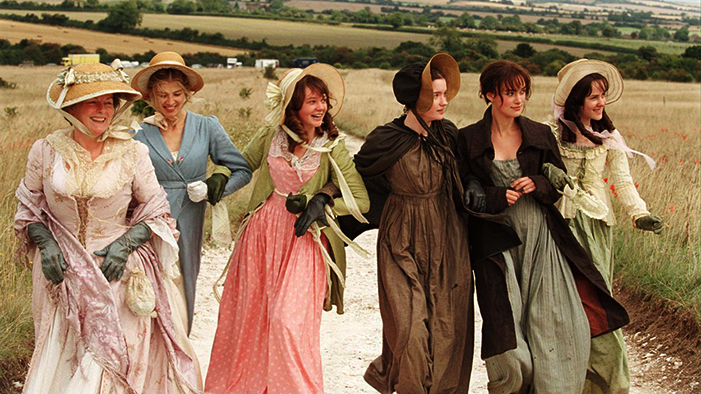Richard
Also called the duke of Gloucester, and eventually crowned King Richard III. Deformed in body and twisted in mind, Richard is both the central character and the villain of the play. He is evil, corrupt, sadistic, and manipulative, and he will stop at nothing to become king. His intelligence, political brilliance, and dazzling use of language keep the audience fascinated—and his subjects and rivals under his thumb.
Read an in-depth analysis of Richard.
Buckingham
Richard’s right-hand man in his schemes to gain power. The duke of Buckingham is almost as amoral and ambitious as Richard himself.
Read an in-depth analysis of Buckingham.
King Edward IV
The older brother of Richard and Clarence, and the king of England at the start of the play. Edward was deeply involved in the Yorkists’ brutal overthrow of the Lancaster regime, but as king he is devoted to achieving a reconciliation among the various political factions of his reign. He is unaware that Richard attempts to thwart him at every turn.
Clarence
The gentle, trusting brother born between Edward and Richard in the York family. Richard has Clarence murdered in order to get him out of the way. Clarence leaves two children, a son and a daughter.
Queen Elizabeth
The wife of King Edward IV and the mother of the two young princes (the heirs to the throne) and their older sister, young Elizabeth. After Edward’s death, Queen Elizabeth (also called Lady Gray) is at Richard’s mercy. Richard rightly views her as an enemy because she opposes his rise to power, and because she is intelligent and fairly strong-willed. Elizabeth is part of the Woodeville family; her kinsmen—Dorset, Rivers, and Gray—are her allies in the court.
Read an in-depth analysis of Queen Elizabeth.
Dorset, Rivers, and Gray
The kinsmen and allies of Elizabeth, and members of the Woodeville and Gray families. Rivers is Elizabeth’s brother, while Gray and Dorset are her sons from her first marriage. Richard eventually executes Rivers and Gray, but Dorset flees and survives.
Anne
The young widow of Prince Edward, who was the son of the former king, Henry VI. Lady Anne hates Richard for the death of her husband, but for reasons of politics—and for sadistic pleasure—Richard persuades Anne to marry him.
Read an in-depth analysis of Anne.
Duchess of York
Widowed mother of Richard, Clarence, and King Edward IV. The duchess of York is Elizabeth’s mother-in-law, and she is very protective of Elizabeth and her children, who are the duchess’s grandchildren. She is angry with, and eventually curses, Richard for his heinous actions.
Margaret
Widow of the dead King Henry VI, and mother of the slain Prince Edward. In medieval times, when kings were deposed, their children were often killed to remove any threat from the royal line of descent—but their wives were left alive because they were considered harmless. Margaret was the wife of the king before Edward, the Lancastrian Henry VI, who was subsequently deposed and murdered (along with their children) by the family of King Edward IV and Richard. She is embittered and hates both Richard and the people he is trying to get rid of, all of whom were complicit in the destruction of the Lancasters.
Read an in-depth analysis of Margaret.
The Princes
The two young sons of King Edward IV and his wife, Elizabeth, their names are actually Prince Edward and the young duke of York, but they are often referred to collectively. Agents of Richard murder these boys—Richard’s nephews—in the Tower of London. Young Prince Edward, the rightful heir to the throne, should not be confused with the elder Edward, prince of Wales (the first husband of Lady Anne, and the son of the former king, Henry VI.), who was killed before the play begins.
Read an in-depth analysis of the princes.
Young Elizabeth
The former Queen Elizabeth’s daughter. Young Elizabeth enjoys the fate of many Renaissance noblewomen. She becomes a pawn in political power-brokering, and is promised in marriage at the end of the play to Richmond, the Lancastrian rebel leader, in order to unite the warring houses of York and Lancaster.
Ratcliffe, Catesby
Two of Richard’s henchmen among the nobility.
Tyrrell
A murderer whom Richard hires to kill his young cousins, the princes in the Tower of London.
Richmond
A member of a branch of the Lancaster royal family. Richmond gathers a force of rebels to challenge Richard for the throne. He is meant to represent goodness, justice, and fairness—all the things Richard does not. Richmond is portrayed in such a glowing light in part because he founded the Tudor dynasty, which still ruled England in Shakespeare’s day.
Read an in-depth analysis of Richmond.
Hastings
A lord who maintains his integrity, remaining loyal to the family of King Edward IV. Hastings winds up dead for making the mistake of trusting Richard.
Stanley
The stepfather of Richmond. Lord Stanley, earl of Derby, secretly helps Richmond, although he cannot escape Richard’s watchful gaze.
Lord Mayor of London
A gullible and suggestible fellow whom Richard and Buckingham use as a pawn in their ploy to make Richard king.
Vaughan
A friend of Elizabeth, Dorset, Rivers, and Gray who is executed by Richard along with Rivers and Grey.


 payment page
payment page



